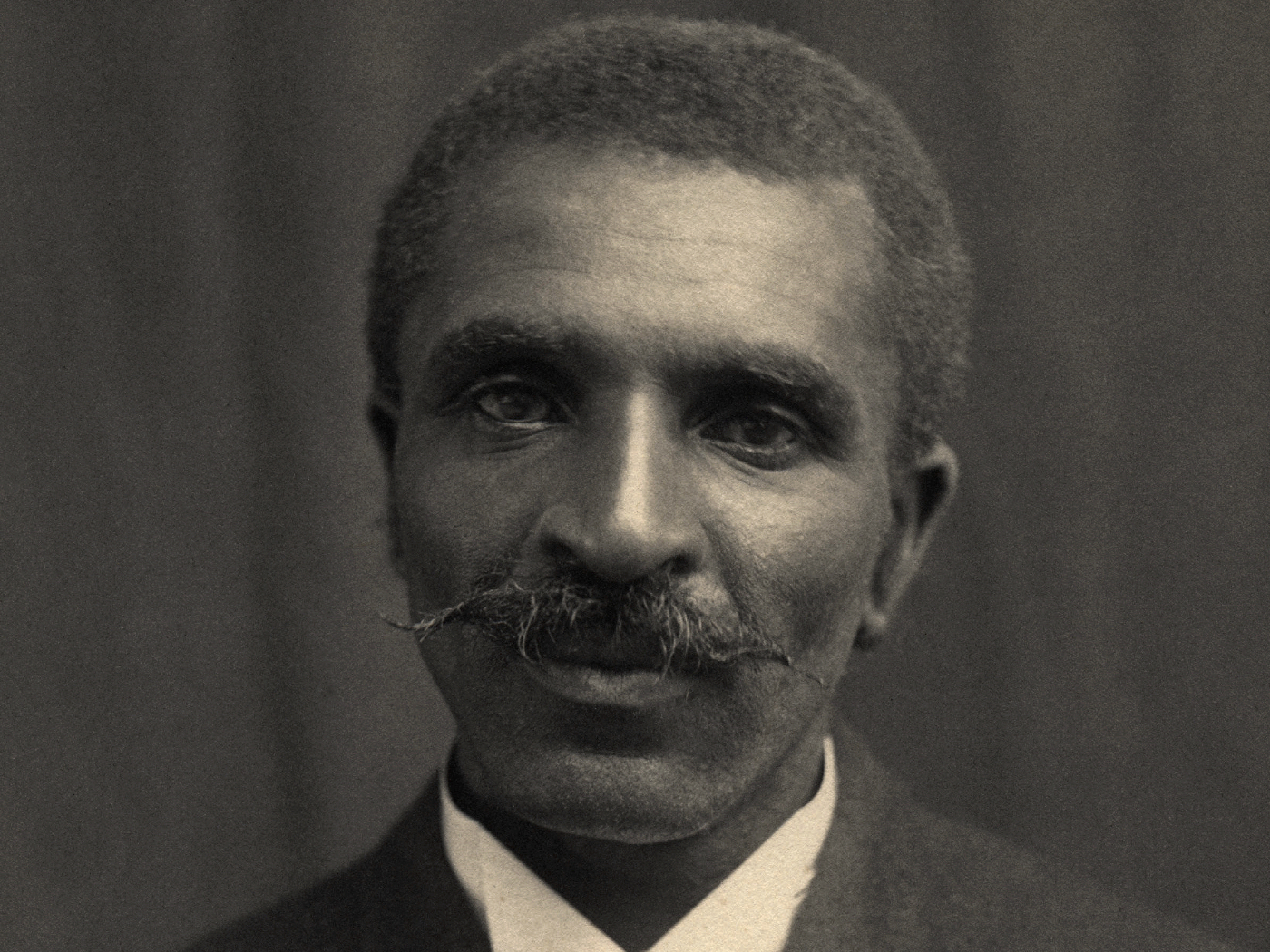Methodist Dallas Medical Center in 2009 averted an impending outbreak of dangerously infectious bacteria called Acinetobacter baumannii. Although less prevalent than MRSA, Acinetobacter has acquired a similar resistance to common antibiotics. Would it be accurate to refer to this change in bacteria as "evolution"?
Most Acinetobacter species are widely found in soils, where they play a key ecological role by transforming organic compounds into inert mineral forms. They appear to have been expertly equipped to survive the rigors of outdoor life, thriving in both wet and dry environments. In fact, they have such robust genetic structure that some species are being developed for use in biotechnological manufacturing processes.
But those are also the qualities of Acinetobacter that make it more dangerous to people with severe wounds or compromised immune systems. Only a few species of the bacteria have become threatening, but those that have developed resistance to standard antibiotics are surviving even on such dry places as hospital equipment.
An Association for Professionals in Infection Control and Epidemiology press release highlighted the success of the Dallas hospital in taking aggressive control of the situation to thwart an outbreak. The release also stated, "Acinetobacter has effectively developed resistance to most common antibiotics and continues to evolve against the medicines used to fight its infections"1 (emphasis added). Two aspects of this comment are imprecise.
First, the bacteria are not clever. They are only passive recipients of random mutations that debilitate cellular function by causing a misshapen protein. The antibiotic would normally kill most species by binding to this protein and shutting down the vital system adjoining it, but the antibiotic cannot attach to the mutant protein. Thus, the mutated antibiotic-resistant bacteria did not in fact proactively "develop" anything, but merely suffered a corruption in genetic expression.
Second, although it has become a matter of course to refer to any and all biological change as "evolution," none of the changes that are actually observed are at all relevant to the grand particles-to-people evolutionary story. One bacterium out of millions may happen to have a particular mutation that both hampers its health (when grown alongside wild cousins outside the presence of antibiotics) and inadvertently obstructs antibiotic mechanisms. But how are larger life forms supposed to have "evolved" from bacteria by such a breakdown of internal equipment?
Instead of providing an example of evolution, antibiotic-resistant species of Acinetobacter are clear examples of well-designed creations that were once very good but are now under sin's curse and are falling apart.
Reference
- Prompt Actions Halt Alarming Infection Outbreak at Dallas Hospital. Association for Professionals in Infection Control and Epidemiology press release, July 13, 2010.
* Mr. Thomas is Science Writer at the Institute for Creation Research.
Article posted on July 23, 2010.












